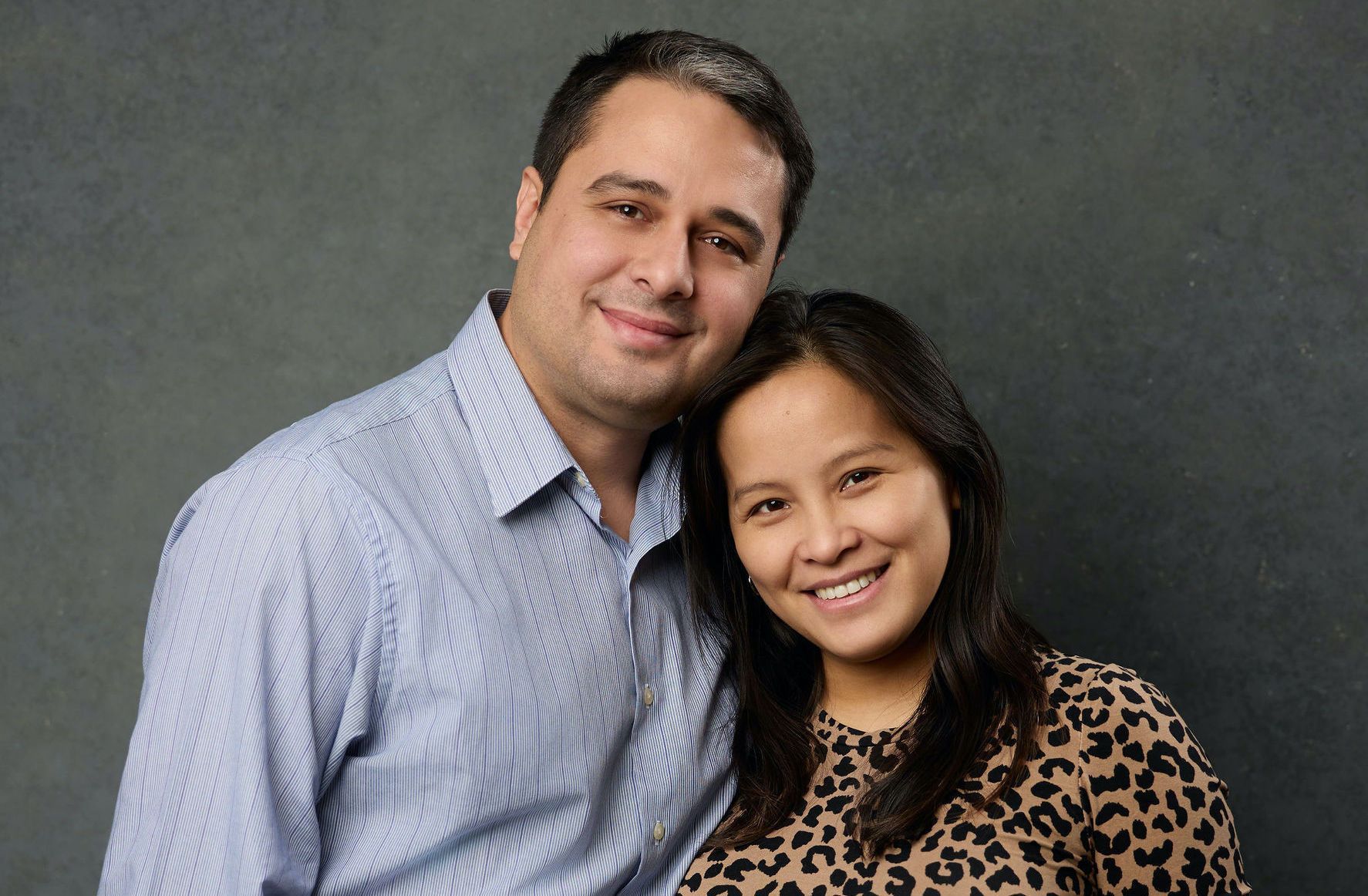January 25, 2017 Executive Order: Border Security and Immigration Enforcement
Immigration is strongly guided by the President. This Executive Order below will mold a new kind of immigration law and policy for the 2017-to-2021 (or longer) presidential term. See below:
Executive Order: Border Security and Immigration Enforcement Improvements
EXECUTIVE ORDER
– – – – – – –
BORDER SECURITY AND IMMIGRATION ENFORCEMENT IMPROVEMENTS
By the authority vested in me as President by the Constitution and the laws of the United States of America, including the Immigration and Nationality Act (8 U.S.C. 1101 et seq.) (INA), the Secure Fence Act of 2006 (Public Law 109 367) (Secure Fence Act), and the Illegal Immigration Reform and Immigrant Responsibility Act of 1996 (Public Law 104 208 Div. C) (IIRIRA), and in order to ensure the safety and territorial integrity of the United States as well as to ensure that the Nation’s immigration laws are faithfully executed, I hereby order as follows:
Section 1. Purpose. Border security is critically important to the national security of the United States. Aliens who illegally enter the United States without inspection or admission present a significant threat to national security and public safety. Such aliens have not been identified or inspected by Federal immigration officers to determine their admissibility to the United States. The recent surge of illegal immigration at the southern border with Mexico has placed a significant strain on Federal resources and overwhelmed agencies charged with border security and immigration enforcement, as well as the local communities into which many of the aliens are placed.
Transnational criminal organizations operate sophisticated drug- and human-trafficking networks and smuggling operations on both sides of the southern border, contributing to a significant increase in violent crime and United States deaths from dangerous drugs. Among those who illegally enter are those who seek to harm Americans through acts of terror or criminal conduct. Continued illegal immigration presents a clear and present danger to the interests of the United States.
Federal immigration law both imposes the responsibility and provides the means for the Federal Government, in cooperation with border States, to secure the Nation’s southern border. Although Federal immigration law provides a robust framework for Federal-State partnership in enforcing our immigration laws and the Congress has authorized and provided appropriations to secure our borders the Federal Government has failed to discharge this basic sovereign responsibility. The purpose of this order is to direct executive departments and agencies (agencies) to deploy all lawful means to secure the Nation’s southern border, to prevent further illegal immigration into the United States, and to repatriate illegal aliens swiftly, consistently, and humanely.
Sec. 2. Policy. It is the policy of the executive branch to:
(a) secure the southern border of the United States through the immediate construction of a physical wall on the southern border, monitored and supported by adequate personnel so as to prevent illegal immigration, drug and human trafficking, and acts of terrorism;
(b) detain individuals apprehended on suspicion of violating Federal or State law, including Federal immigration law, pending further proceedings regarding those violations;
(c) expedite determinations of apprehended individuals’ claims of eligibility to remain in the United States;
(d) remove promptly those individuals whose legal claims to remain in the United States have been lawfully rejected, after any appropriate civil or criminal sanctions have been imposed; and
(e) cooperate fully with States and local law enforcement in enacting Federal-State partnerships to enforce Federal immigration priorities, as well as State monitoring and detention programs that are consistent with Federal law and do not undermine Federal immigration priorities.
Sec. 3. Definitions. (a) “Asylum officer” has the meaning given the term in section 235(b)(1)(E) of the INA (8 U.S.C. 1225(b)(1)).
(b) “Southern border” shall mean the contiguous land border between the United States and Mexico, including all points of entry.
(c) “Border States” shall mean the States of the United States immediately adjacent to the contiguous land border between the United States and Mexico.
(d) Except as otherwise noted, “the Secretary” shall refer to the Secretary of Homeland Security.
(e) “Wall” shall mean a contiguous, physical wall or other similarly secure, contiguous, and impassable physical barrier.
(f) “Executive department” shall have the meaning given in section 101 of title 5, United States Code.
(g) “Regulations” shall mean any and all Federal rules, regulations, and directives lawfully promulgated by agencies.
(h) “Operational control” shall mean the prevention of all unlawful entries into the United States, including entries by terrorists, other unlawful aliens, instruments of terrorism, narcotics, and other contraband.
Sec. 4. Physical Security of the Southern Border of the United States. The Secretary shall immediately take the following steps to obtain complete operational control, as determined by the Secretary, of the southern border:
(a) In accordance with existing law, including the Secure Fence Act and IIRIRA, take all appropriate steps to immediately plan, design, and construct a physical wall along the southern border, using appropriate materials and technology to most effectively achieve complete operational control of the southern border;
(b) Identify and, to the extent permitted by law, allocate all sources of Federal funds for the planning, designing, and constructing of a physical wall along the southern border;
(c) Project and develop long-term funding requirements for the wall, including preparing Congressional budget requests for the current and upcoming fiscal years; and
(d) Produce a comprehensive study of the security of the southern border, to be completed within 180 days of this order, that shall include the current state of southern border security, all geophysical and topographical aspects of the southern border, the availability of Federal and State resources necessary to achieve complete operational control of the southern border, and a strategy to obtain and maintain complete operational control of the southern border.
Sec. 5. Detention Facilities. (a) The Secretary shall take all appropriate action and allocate all legally available resources to immediately construct, operate, control, or establish contracts to construct, operate, or control facilities to detain aliens at or near the land border with Mexico.
(b) The Secretary shall take all appropriate action and allocate all legally available resources to immediately assign asylum officers to immigration detention facilities for the purpose of accepting asylum referrals and conducting credible fear determinations pursuant to section 235(b)(1) of the INA (8 U.S.C. 1225(b)(1)) and applicable regulations and reasonable fear determinations pursuant to applicable regulations.
(c) The Attorney General shall take all appropriate action and allocate all legally available resources to immediately assign immigration judges to immigration detention facilities operated or controlled by the Secretary, or operated or controlled pursuant to contract by the Secretary, for the purpose of conducting proceedings authorized under title 8, chapter 12, subchapter II, United States Code.
Sec. 6. Detention for Illegal Entry. The Secretary shall immediately take all appropriate actions to ensure the detention of aliens apprehended for violations of immigration law pending the outcome of their removal proceedings or their removal from the country to the extent permitted by law. The Secretary shall issue new policy guidance to all Department of Homeland Security personnel regarding the appropriate and consistent use of lawful detention authority under the INA, including the termination of the practice commonly known as “catch and release,” whereby aliens are routinely released in the United States shortly after their apprehension for violations of immigration law.
Sec. 7. Return to Territory. The Secretary shall take appropriate action, consistent with the requirements of section 1232 of title 8, United States Code, to ensure that aliens described in section 235(b)(2)(C) of the INA (8 U.S.C. 1225(b)(2)(C)) are returned to the territory from which they came pending a formal removal proceeding.
Sec. 8. Additional Border Patrol Agents. Subject to available appropriations, the Secretary, through the Commissioner of U.S. Customs and Border Protection, shall take all appropriate action to hire 5,000 additional Border Patrol agents, and all appropriate action to ensure that such agents enter on duty and are assigned to duty stations as soon as is practicable.
Sec. 9. Foreign Aid Reporting Requirements. The head of each executive department and agency shall identify and quantify all sources of direct and indirect Federal aid or assistance to the Government of Mexico on an annual basis over the past five years, including all bilateral and multilateral development aid, economic assistance, humanitarian aid, and military aid. Within 30 days of the date of this order, the head of each executive department and agency shall submit this information to the Secretary of State. Within 60 days of the date of this order, the Secretary shall submit to the President a consolidated report reflecting the levels of such aid and assistance that has been provided annually, over each of the past five years.
Sec. 10. Federal-State Agreements. It is the policy of the executive branch to empower State and local law enforcement agencies across the country to perform the functions of an immigration officer in the interior of the United States to the maximum extent permitted by law.
(a) In furtherance of this policy, the Secretary shall immediately take appropriate action to engage with the Governors of the States, as well as local officials, for the purpose of preparing to enter into agreements under section 287(g) of the INA (8 U.S.C. 1357(g)).
(b) To the extent permitted by law, and with the consent of State or local officials, as appropriate, the Secretary shall take appropriate action, through agreements under section 287(g) of the INA, or otherwise, to authorize State and local law enforcement officials, as the Secretary determines are qualified and appropriate, to perform the functions of immigration officers in relation to the investigation, apprehension, or detention of aliens in the United States under the direction and the supervision of the Secretary. Such authorization shall be in addition to, rather than in place of, Federal performance of these duties.
(c) To the extent permitted by law, the Secretary may structure each agreement under section 287(g) of the INA in the manner that provides the most effective model for enforcing Federal immigration laws and obtaining operational control over the border for that jurisdiction.
Sec. 11. Parole, Asylum, and Removal. It is the policy of the executive branch to end the abuse of parole and asylum provisions currently used to prevent the lawful removal of removable aliens.
(a) The Secretary shall immediately take all appropriate action to ensure that the parole and asylum provisions of Federal immigration law are not illegally exploited to prevent the removal of otherwise removable aliens.
(b) The Secretary shall take all appropriate action, including by promulgating any appropriate regulations, to ensure that asylum referrals and credible fear determinations pursuant to section 235(b)(1) of the INA (8 U.S.C. 1125(b)(1)) and 8 CFR 208.30, and reasonable fear determinations pursuant to 8 CFR 208.31, are conducted in a manner consistent with the plain language of those provisions.
(c) Pursuant to section 235(b)(1)(A)(iii)(I) of the INA, the Secretary shall take appropriate action to apply, in his sole and unreviewable discretion, the provisions of section 235(b)(1)(A)(i) and (ii) of the INA to the aliens designated under section 235(b)(1)(A)(iii)(II).
(d) The Secretary shall take appropriate action to ensure that parole authority under section 212(d)(5) of the INA (8 U.S.C. 1182(d)(5)) is exercised only on a case-by-case basis in accordance with the plain language of the statute, and in all circumstances only when an individual demonstrates urgent humanitarian reasons or a significant public benefit derived from such parole.
(e) The Secretary shall take appropriate action to require that all Department of Homeland Security personnel are properly trained on the proper application of section 235 of the William Wilberforce Trafficking Victims Protection Reauthorization Act of 2008 (8 U.S.C. 1232) and section 462(g)(2) of the Homeland Security Act of 2002 (6 U.S.C. 279(g)(2)), to ensure that unaccompanied alien children are properly processed, receive appropriate care and placement while in the custody of the Department of Homeland Security, and, when appropriate, are safely repatriated in accordance with law.
Sec. 12. Authorization to Enter Federal Lands. The Secretary, in conjunction with the Secretary of the Interior and any other heads of agencies as necessary, shall take all appropriate action to:
(a) permit all officers and employees of the United States, as well as all State and local officers as authorized by the Secretary, to have access to all Federal lands as necessary and appropriate to implement this order; and
(b) enable those officers and employees of the United States, as well as all State and local officers as authorized by the Secretary, to perform such actions on Federal lands as the Secretary deems necessary and appropriate to implement this order.
Sec. 13. Priority Enforcement. The Attorney General shall take all appropriate steps to establish prosecution guidelines and allocate appropriate resources to ensure that Federal prosecutors accord a high priority to prosecutions of offenses having a nexus to the southern border.
Sec. 14. Government Transparency. The Secretary shall, on a monthly basis and in a publicly available way, report statistical data on aliens apprehended at or near the southern border using a uniform method of reporting by all Department of Homeland Security components, in a format that is easily understandable by the public.
Sec. 15. Reporting. Except as otherwise provided in this order, the Secretary, within 90 days of the date of this order, and the Attorney General, within 180 days, shall each submit to the President a report on the progress of the directives contained in this order.
Sec. 16. Hiring. The Office of Personnel Management shall take appropriate action as may be necessary to facilitate hiring personnel to implement this order.
Sec. 17. General Provisions. (a) Nothing in this order shall be construed to impair or otherwise affect:
(i) the authority granted by law to an executive department or agency, or the head thereof; or
(ii) the functions of the Director of the Office of Management and Budget relating to budgetary, administrative, or legislative proposals.
(b) This order shall be implemented consistent with applicable law and subject to the availability of appropriations.
(c) This order is not intended to, and does not, create any right or benefit, substantive or procedural, enforceable at law or in equity by any party against the United States, its departments, agencies, or entities, its officers, employees, or agents, or any other person.
DONALD J. TRUMP
THE WHITE HOUSE,
January 25, 2017.
The post January 25, 2017 Executive Order: Border Security and Immigration Enforcement appeared first on Fickey Martinez Law Firm.












